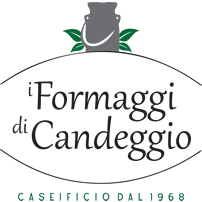
Our farm stretches over the green hills between Città di Castello and a town called Pietralunga; the plot of land is divided between natural pastures and arable lands (barley, oat, field beans, clover, rye-grass, sainfoin and lucerne) all cultivated without using fertilizers, weedkillers or other chemical substances; some hectares of wood and olive groves complete the property. The crops are mainly devoted to the rearing of our Sardinian ewes.
Our agricultural system and rearing method gives that typical characteristic and that environmental sustainability that today has disappeared due to the increasing diffusion of industrial agricultural systems. We really respect nature and the natural cycle of the crops. The choice of producing everything in respect of natural timing reflects what we believe in and what we try to propose to your tables. It is not a choice of convenience but we believe in healthy values, we are what we eat. Our type of animal rearing is such that the animals can make their best without being stressed, allowing them to graze freely at the open air for the major part of the day when climatic conditions are appropriate.
Our grazing is structured in the following way: during the morning the animals are initiated to the milking process, that is made in a mechanical way with the appropriate milking machines and during the process they are fed with cereals. Completed the milking process, the animals are allowed to graze in our pastures all day long. In the afternoon they are brought back in order to undergo a second process of milking.After that, the animals go back to their loose-housing stable until the next morning and they are fed with cereals and also forage of our production. The stable is scatterd with straw and cereals that are periodically changed in order to keep the place dry and in optimal hygenic and health conditions.
The fresh milk, is brought to our dairy for its transformation into fresh cheeses as ricotta, raviggiolo, yogurt and pecorino (fresh and of various aging periods), everyone simple and of high-quality.
These are made by warming the milk in copper cauldrons as it was made in the past, only with the addition of rennet and salt.







